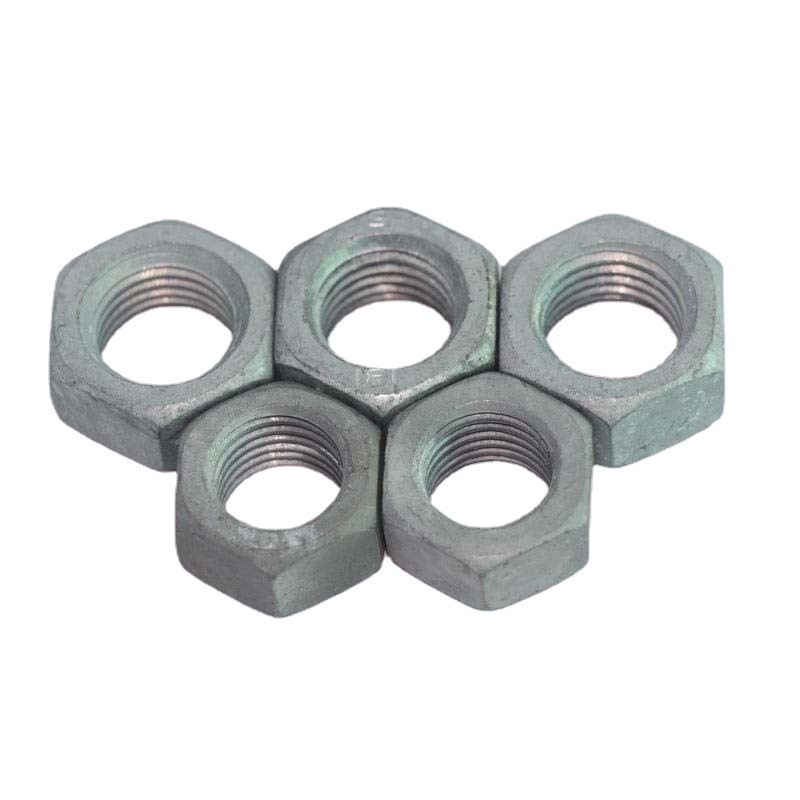

stud bolt unc - a fastener
Nov . 04, 2024 15:19 Back to list
stud bolt unc - a fastener
Understanding Stud Bolts and Their Applications in Fastening Solutions
Stud bolts are essential components in the realm of fastening solutions, widely utilized across various industries due to their robust design and versatile applications. Unlike conventional bolts, stud bolts consist of a long cylindrical rod with threads on both ends and an unthreaded middle section. This unique configuration allows for a strong and reliable fastening mechanism, making them a preferred choice in applications that demand high strength and stability.
Understanding Stud Bolts and Their Applications in Fastening Solutions
Stud bolts are manufactured in various materials, including carbon steel, stainless steel, and other alloys to cater to different environmental conditions. For instance, stainless steel stud bolts are commonly used in corrosive environments, such as marine or chemical processing industries, where resistance to rust and corrosion is paramount. The choice of material directly impacts the stud bolt's performance, life span, and suitability for specific applications.
stud bolt unc - a fastener

In addition to material variety, stud bolts come in various sizes and thread types to meet specific mechanical and engineering requirements. Standards such as ASTM (American Society for Testing and Materials) and ISO (International Organization for Standardization) dictate the quality and performance criteria for these fasteners, ensuring they meet both international and local regulations. Engineers and designers must carefully select the appropriate stud bolt specifications to achieve optimal performance and safety in their projects.
Another critical aspect of stud bolts is their load distribution capabilities. When properly installed, stud bolts can evenly distribute loads across the joint, reducing the risk of localized stress concentrations that often lead to mechanical failure. This characteristic makes them ideal for flanged connections in pressure vessels and piping systems, where the ability to withstand high pressure and temperature variations is crucial.
Moreover, the installation process for stud bolts is relatively straightforward, often involving the use of torque wrenches to achieve the correct tension settings. This straightforward application contributes to their popularity in various sectors, as labor costs and installation time can be minimized while ensuring reliability.
In conclusion, stud bolts are a vital fastening solution in modern engineering and construction. Their strength, versatility, and efficiency in load distribution make them suitable for demanding applications across various industries. As technology advances, the continuous improvement in the design and materials of stud bolts will undoubtedly enhance their performance, solidifying their role as essential components in the maintenance and assembly of critical infrastructure.
Latest news
-
Hot Dip Galvanized Bolts-About LongZe|High Strength, Corrosion Resistance
NewsJul.30,2025
-
High-Strength Hot Dip Galvanized Bolts - Hebei Longze | Corrosion Resistance, Customization
NewsJul.30,2025
-
Hot Dip Galvanized Bolts-Hebei Longze|Corrosion Resistance&High Strength
NewsJul.30,2025
-
High-Strength Hot-Dip Galvanized Bolts-Hebei Longze|Corrosion Resistance&High Strength
NewsJul.30,2025
-
Hot Dip Galvanized Bolts-Hebei Longze|Corrosion Resistance&High Strength
NewsJul.30,2025
-
Hot Dip Galvanized Bolts - Hebei Longze | Corrosion Resistance, High Strength
NewsJul.30,2025

